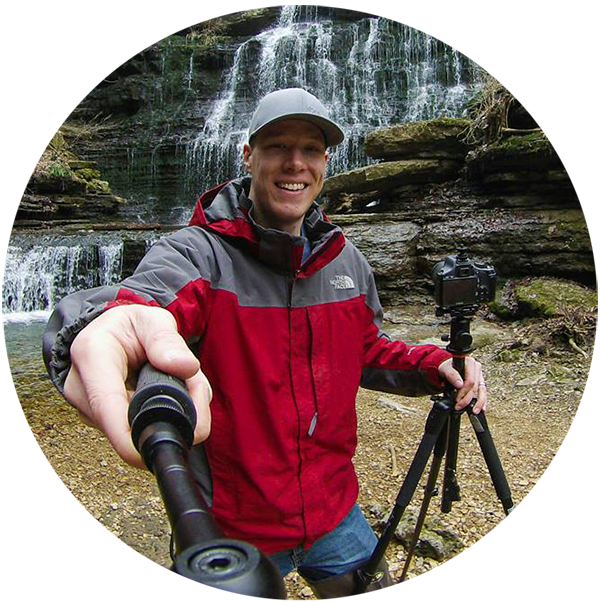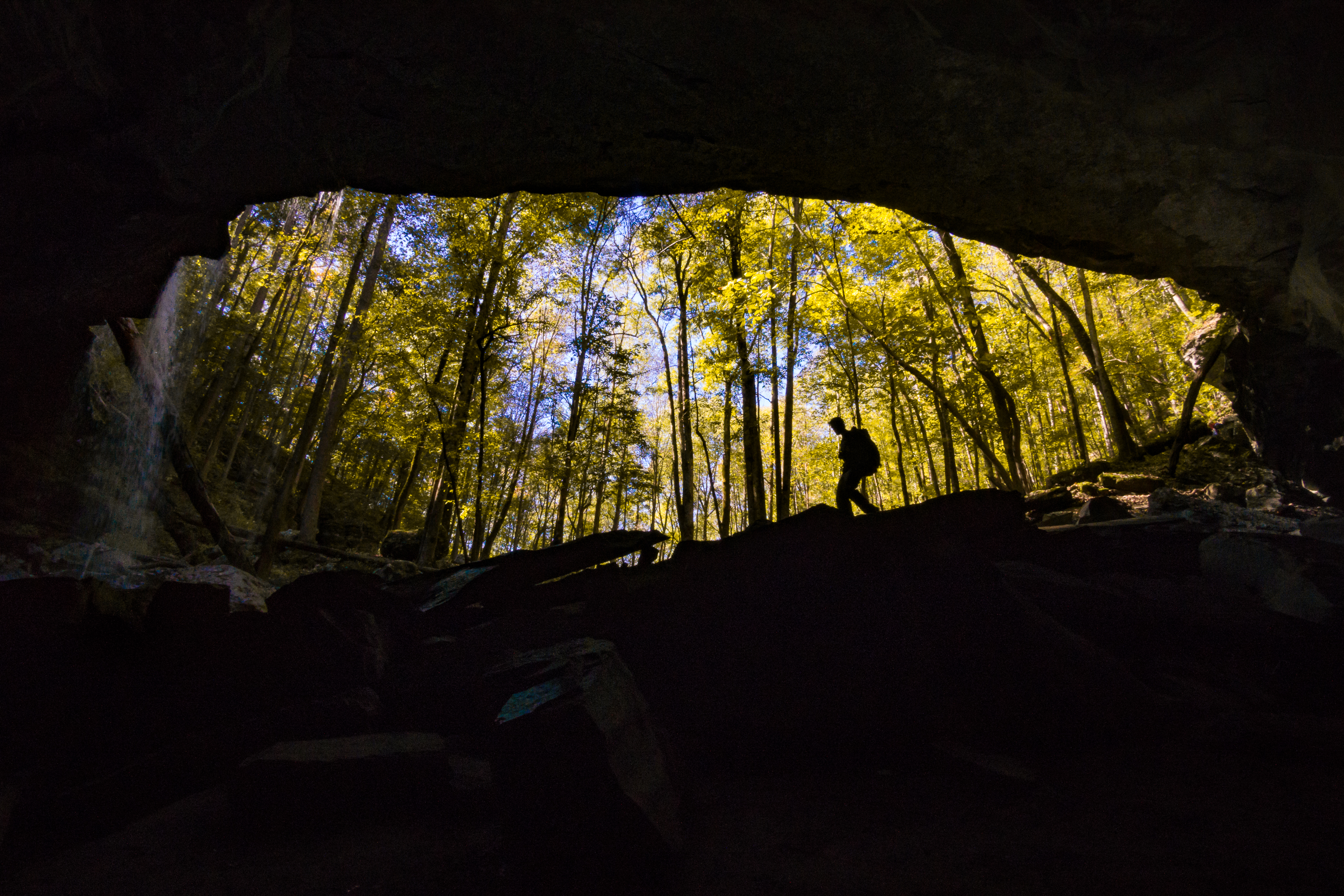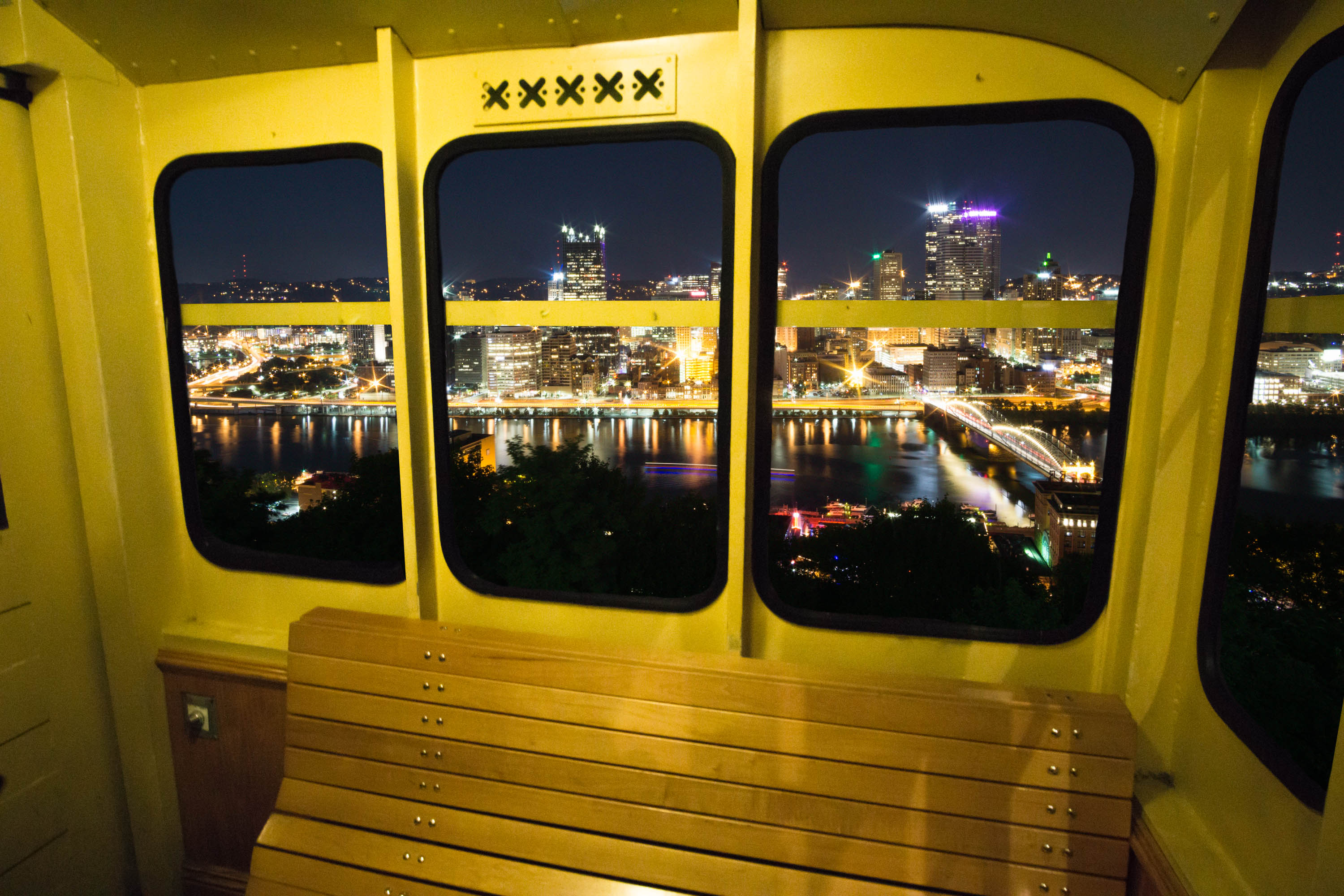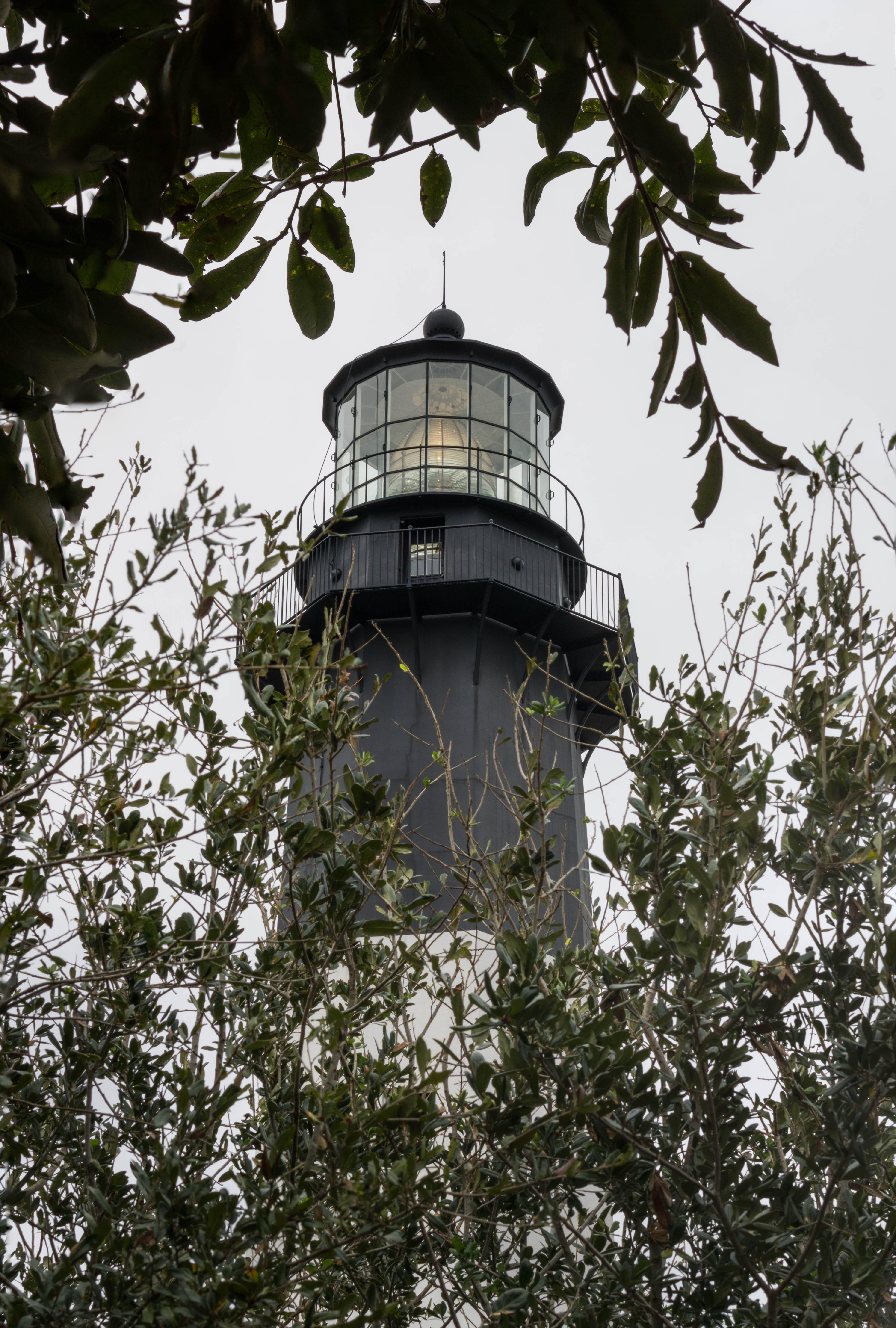In the art form of outdoor photography, you have many options to choose from in terms of composition. You can create wild foreground features or use leading lines to direct the viewer’s eyes around the frame. However, photographers should be striving to go beyond the expected shooting techniques and create images that provoke excitement and invitation into a place. In this article, we are going to be exploring the composition technique of shooting through natural windows and how to use them to invite someone into a scene with you.
When you’re looking at a composition and thinking through the options of what you can do with certain features, you need to ask yourself one very important question…
Why?
If you can’t answer why you decided to move in a particular direction compositionally, you should probably reevaluate your photograph. You should also try to decide what you want your photography to show and how you want people to respond to an image. I personally love to shoot images with huge foregrounds because it’s fun to use my wide-angle lens to warp the size of my foregrounds. But, I can only shoot foregrounds so much before I start to get bored with them and my portfolio starts to look repetitive.
One day, I received some feedback on an image in which I got in between a couple of trees and photographed some of my friends hiking.
“How does this image make you feel?” I asked the group.
One woman in the back raised her hand and said, “I feel like I’m there.”
Her sentence made me pause and think about what it is I want my audience to feel like when I’m shooting something like this. I want their reaction to be exactly like hers.
So, how do you achieve that repeatedly? Well, you can use a technique called shooting through natural windows.
Natural windows are openings or gaps in subjects that reveal another layer of a scene. Let me give you an example. On the same hike from the image above, the trail went through a cave opening with a staircase going uphill.
While the staircase is a nice feature to shoot even if it is pretty dark and difficult to capture perfectly, the opening at the end of the cave reveals two hikers and the landscape that they are hiking into once the cave opens back up. The cave is one layer and the opening is another layer. Both layers are important, but the opening is your natural window and the most important part of the image.
The goal of your natural window composition should be to allow the viewer of your photograph to stand in your shoes and experience that moment just like you did. Natural windows change the future tense reaction from a standard landscape shot which is usually, “I want to go there,” to a more present-tense reaction of, “I feel like I am there.”
If I’m trying to get someone to look at my photography, I’d rather them have a present tense reaction one hundred percent of the time.
Natural windows can pose a lot of different problems. Lighting is probably the most difficult thing you’ll face. Quite often I find myself shooting natural windows that have a very dark first layer and a very bright second layer of the image. That’s because I’m usually using caves or gaps in trees to shoot through. When you’re doing that the natural windows themselves become very dark because of all of the shadows that are created from the direct light you’re shooting into.
When something like this happens you must determine what you’re actually trying to show with your photograph. Are you trying to reveal the window itself, or are you revealing the scene through the window? Almost all of the time you’ll be revealing the scene through the window which is the brighter part of the image.
When this is the case, you must choose an exposure that will be more appropriate for what you’re trying to reveal. With that being said, the natural window needs to be bright enough to reveal at least some texture in the shadows. The added texture in the shadows will add to the photograph because it won’t be solid black silhouettes creating large areas of negative space.
However, sometimes it’s impossible to get everything like you want it in one shot because of the extreme dynamic range in your frame. I’ve been there.
When you can’t manage the light like you want, you need to get more creative in how you piece your images together. I usually take multiple exposures and then combine them into one image. Let’s take this photograph of the Pittsburgh skyline for example.
This is two images combined together in Photoshop. There is a tram with windows on the opposite side of the Pittsburgh skyline that I wanted to take because I’d seen images of the skyline at night, but never in a different way looking through a window. I knew of a tram that would allow me to capture the view I wanted.
Once I hopped on the tram, I made my way to the front window and started to set up my tripod. I shot a long exposure of the inside of the tram which revealed the deep yellow colors.
I didn’t care if the lights through the windows would be blurred due to the long exposure and the moving tram because I would shoot another frame for the skyline. After I got off the tram, I got to a location where I could see the same perspective of the skyline and shot another long exposure for the city lights.
In Photoshop I simply combined the skyline image into the tram image by painting masks.
Is this cheating? I don’t think so. It’s simply using my knowledge of light to put the viewer in my shoes and experience the same view that I saw in the tram car.
Next time you find yourself in the field getting tired of the same old compositions and finding your creativity falling, ask yourself how you can make someone feel like they are there. More often than not that will be through a natural window. You can practice natural window compositions to improve your creativity, improve your portfolio, and shoot more thoughtful images for people to enjoy.
 About the author: When David Johnston isn’t leading photography workshops and tutorials or hosting his popular photography podcast, Photography Roundtable, he can be found traveling the world taking photos to awe and inspire his viewers. David has a passion for sharing his knowledge of photography and has many educational offerings designed to help photographers improve their work. Visit his website at https://www.davidjohnstonart.com/.
About the author: When David Johnston isn’t leading photography workshops and tutorials or hosting his popular photography podcast, Photography Roundtable, he can be found traveling the world taking photos to awe and inspire his viewers. David has a passion for sharing his knowledge of photography and has many educational offerings designed to help photographers improve their work. Visit his website at https://www.davidjohnstonart.com/.
Have something to add to the story? Leave a comment or email editor@outdoorphotographyguide.com.






Difficult Subject.....working on something called portal's.
Hi David Your last shot in this article of the lights through the tram window has set me thinking about trying something similar. I hadn't thought about using a tripod in a moving vehicle to keep the image inside sharp.